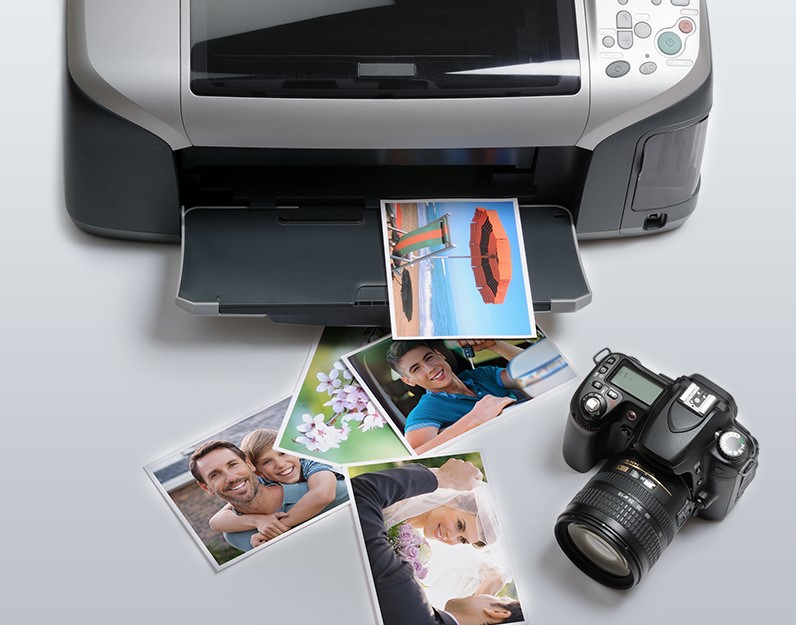Buzz Haven: Your Source for Trending Insights
Stay updated with the latest buzz in news, trends, and lifestyle.
From Screen to Scene: The Print Journey
Discover the untold story of transforming digital designs into stunning prints. Uncover tips, tricks, and secrets in our latest blog post!
Transforming Ideas: How Digital Designs Become Stunning Prints
In today’s digital landscape, transforming ideas into tangible prints begins with a creative digital design process. Graphic design software such as Adobe Illustrator and Photoshop allows artists and designers to conceptualize and manipulate their visions into stunning visuals. Once the design is complete, several key steps are involved in the transition from digital to print. This includes selecting the right materials, adjusting color profiles, and ensuring the design meets print specifications. Proper preparation is crucial to maintain the integrity of the design when it is printed.
Once the design is finalized, the next phase is the actual printing process. Depending on the desired output, various printing techniques can be employed, including offset printing, digital printing, and screen printing. Each method has its advantages, allowing for flexibility in how designs are recreated on physical products. For instance, offset printing is ideal for large runs, while digital printing is perfect for small batches and intricate designs. The careful coordination between digital design and printing ensures that the final product captures the original vision, transforming abstract ideas into stunning prints that can make a powerful impact.

The Print Process Explained: From Pixels to Paper
The print process is a fascinating journey that transforms digital images, composed of tiny dots known as pixels, into tangible products on paper. This transformation starts with file preparation, where graphic designers ensure that the digital file is in the correct format and resolution to maintain image quality. Next, the file goes through a process called rasterization, where it is converted into a bitmap, mapping out the arrangement of pixels that will eventually appear on the printed page. Essential steps like color management and proofing follow, guaranteeing that the final print matches the desired look, especially when working with intricate color schemes.
Once the design is finalized, it progresses to the printing phase, which varies depending on the printing technology used. Common methods include inkjet and offset printing. Inkjet printers spray tiny droplets of ink onto the paper, allowing for high-quality prints with vibrant colors, while offset printing involves transferring an image from a plate to a rubber blanket and then onto the paper, making it ideal for mass production. Finally, after printing, the process may involve cutting, folding, or binding, transforming the printed sheets into a polished final product ready for distribution. Understanding this journey from pixels to paper enriches the appreciation for printed materials and highlights the intricate processes behind the scenes.
What You Need to Know About Preparing Your Digital Art for Print
Preparing your digital art for print involves several critical steps to ensure that your artwork maintains its integrity and quality in physical form. First, it's essential to set the right resolution. For print, a resolution of at least 300 DPI (dots per inch) is recommended to produce sharp and clear images. Additionally, make sure your artwork is created in the appropriate color mode; most printers use CMYK (cyan, magenta, yellow, black), while digital screens typically use RGB (red, green, blue). Converting your image from RGB to CMYK can avoid unexpected color shifts. Lastly, consider the size of your artwork, as working on a larger canvas allows for greater detail and avoids pixelation when printing.
Another vital component of preparing your digital art for print is choosing the right file format. Common formats like TIFF and PDF are preferred due to their high-quality output and support for layers and transparency. Before sending your file to print, it's advisable to perform a test print on your own printer to catch any potential issues, such as color mismatches or unwanted elements. Finally, always consult with your printer about their specific requirements as they may have preferences regarding file types, dimensions, and bleed areas, which are essential for producing high-quality prints without cropping important details.